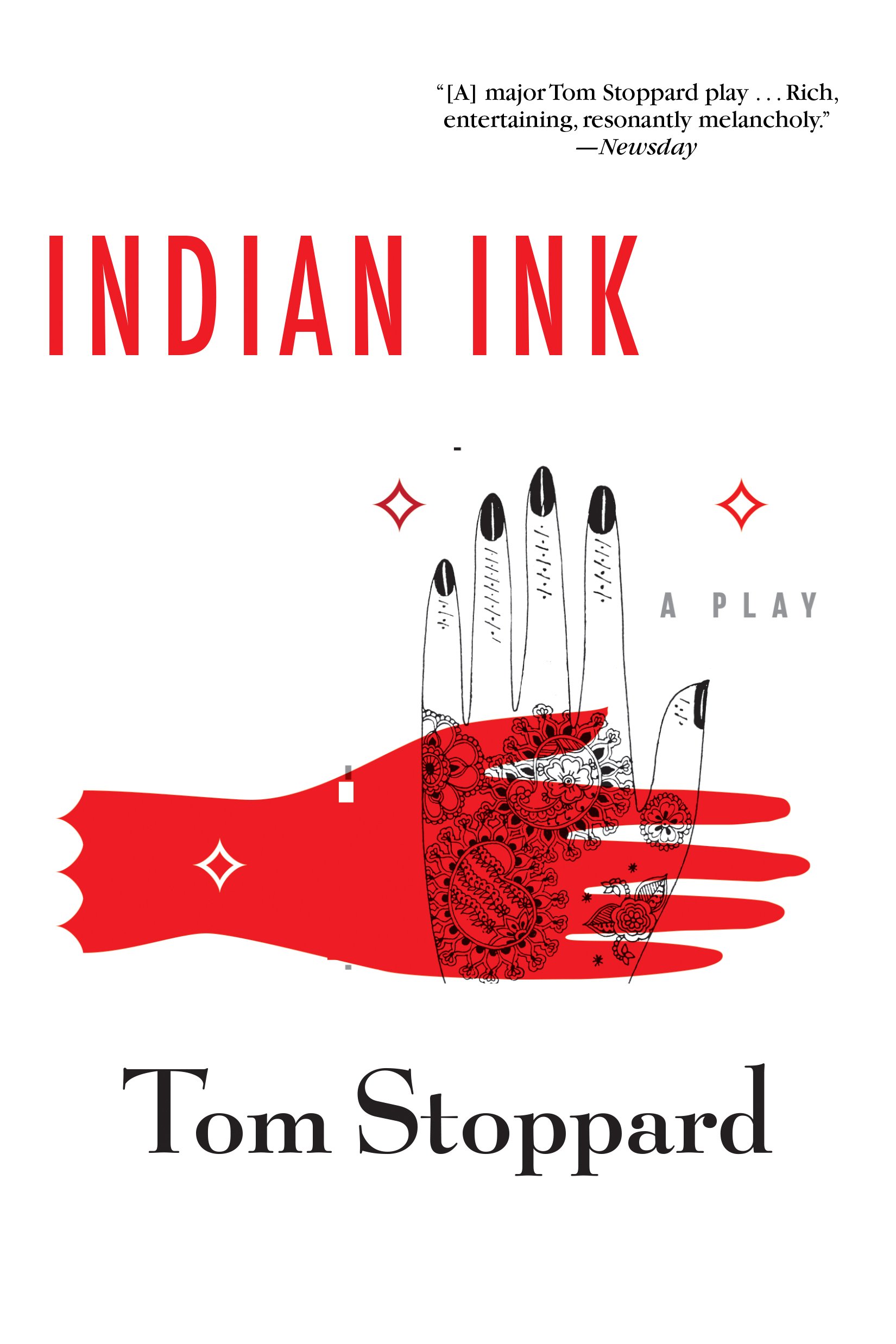Indian Ink is a charged read
 For his annual summer reading list, President C. L. Max Nikias compiled a list of four books he felt were of exceptional merit. While not mandatory reads, Nikias expressed in a letter to the student body that the works could be used in “creating a common ground for discussions in the coming academic year.”
For his annual summer reading list, President C. L. Max Nikias compiled a list of four books he felt were of exceptional merit. While not mandatory reads, Nikias expressed in a letter to the student body that the works could be used in “creating a common ground for discussions in the coming academic year.”
One of the selections was Tom Stoppard’s play Indian Ink. For the most part, it does an effective job at creating likeable, flawed characters that are made endearing because they never seem to have all the answers. It deconstructs major themes like colonization, sexuality and love by placing human faces on those who deal with these themes on a small scale in their daily lives. As such, the play succeeds when it aims small. The moment it tries to incorporate multiple story lines, it gets tangled in its own web of plot and less-likeable characters. Fortunately, the main story does not try to be grander than it is, allowing the dialogue and quirks of the characters to move the plot along smoothly. There are moments when it gets redundant, but when Indian Ink sticks to its guns, the story is captivating.
Indian Ink follows Flora Crewe, who has her portrait painted by Indian artist Nirad Das in 1930s India. Fifty years later, Nirad’s son seeks out Flora’s sister to discuss the portrait, while Eldon Pike, a biographer, looks for more clues about Flora’s life in India. The work intertwines the three stories to more closely examine colonization and the relationships that can form between people of divergent cultures.
At the center of the play is the relationship between Flora and Nirad. Flora is eccentric and bold, never afraid to share her opinion or confront difficult situations head on. On the other hand, Nirad is playful but passive, content to mirror English culture and keep his head low. Their interactions often follow a pattern, with Nirad trying to please Flora by degrading himself. Flora in turn forces him to examine his actions and understand self-respect. Despite their differences, the two grow close to each other and form a bond that feels genuine to the reader. Their interactions are undercut with tension, but the nature of the play requires their connection to slowly build to a climax, which can get tiresome.
However, Flora’s interactions with other characters prove to be more interesting. On several occasions, Flora encounters the British Raj who has fallen in love with her. Flora engages in a battle of wits with him, as they have differing views of the India that has been created by the British Empire. His unmasked lust for her — coupled with her fiery disposition — leads to an amicable and entertaining discourse. The conversations of Flora and the Raj reveal a deeper truth about colonization and the impact on the colonized. Both characters agree that India was turned into a machine to create profit for the Empire. Yet, by being British themselves, they can only survey the damage from the outside, coming to conjectures based on what little they can guess at. Their sympathies are not misplaced, rather based on incomplete truths that shed partial light on the Indian perspective.
Art becomes the way for characters on both sides of the dividing line to communicate and understand each other. Flora has a soft spot for the erotic, although in the past her sexual expression had been controlled and suppressed by the men in which she was surrounded. Nirad helps her break free by introducing her to the Hindu concept of Rasa. There are nine Rasa that correspond to a specific color and emotion, which in turn are governed by a Hindu deity. The title of the play refers to one of the Rasa represented by an inky blue-black color, which is associated with sex and the god Vishnu. Flora grows to understand and appreciate the blue-black shade and its place in life as she allows her sexuality to blossom and falls in love with Nirad.
Nirad is at first frightened by Flora’s sexuality, but eventually accepts and even encourages her openness, culminating in his agreement to paint her nude. He also empowers himself by empowering her, creating a way for the two to circumvent their differences and come together in a satisfying way. The scene in which Nirad introduces the Rasa to Flora is a turning point in the play, setting a more interesting mood by having the characters grow frustrated with each other. Instead of going back to the tedious cycle that dominates most of the pair’s scenes, the two try to find a resolution that empowers both of them, with the resulting exchanges becoming increasingly sensual and intimate.
When the play separates from the main story, the narrative grows confusing. The scenes with Flora’s sister and Nirad’s son provide deeper insight into the impact of colonization but fail to create memorable characters. Even more frustrating are the scenes involving Flora’s biographer, Eldon, who serves as little more than a walking footnote to provide context to certain events in the play. No effort is made to develop him as a character; rather, he seems more a glorified narrator with an inflated sense of importance.
Indian Ink is a play about relationships, offering an intimate view into the volatile world the characters inhabit. By fleshing out the main themes through character interaction, Stoppard creates a slow-burning, sensual work that illuminates the political turmoil in the background without compromising the plot. The play is at its best when it is showing instead of telling, making for an enthralling read.

